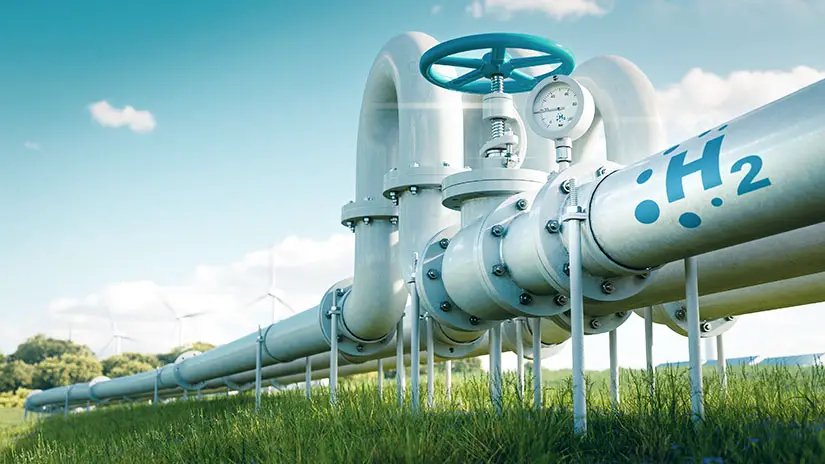In China, plans are underway for the implementation of a project for the construction of the Zhangjiakou Kangbao-Caofeidian pipeline, which will be the world’s longest hydrogen pipeline at a length of 737 kilometres upon completion.
Reportedly, the project is developed by Tangshan Haitai New Energy Technology (THNET), a subsidiary of Haitai Solar, a Chinese high-tech enterprise focused on green energy development. THNET is working in cooperation with China Petroleum Pipeline Engineering Corporation (CPPEC), a subsidiary of state-owned oil giant China National Petroleum Corporation.
The two companies, THNET and CPPEC, recently signed a non-binding cooperation agreement to carry out design and consulting services for the pipeline project.
Timelines, cost of construction and funding for the world’s longest hydrogen pipeline
In December 2023, the provincial government of Hebei signed off on the project, the implementation of which is scheduled to begin in June 2024 and be completed three years later, in June 2027.
Dubbed Zhangjiakou Kangbao-Caofeidian pipeline, the facility will run from a green hydrogen project in the city of Zhangjiakou, traverse the cities of Chengde and Tangshan all of which are in Hebei province to finally culminate at the port of Caofeidian, which is approximately 250 kilometres southeast of Beijing.
Upon completion, leveraging advanced technology, the pipeline will operate at a pressure of 63 bar, which is higher than the 40-bar standard in China. As a result, it will have the capacity to carry more H2 at any given time.
The cost of construction of the world’s longest hydrogen pipeline is estimated to be 6.1 billion yuan, the equivalent of US$ 845 million or its thereabouts. There are few details about the hydrogen project associated with the Zhangjiakou Kangbao-Caofeidian pipeline and the source of funding for the hydrogen pipeline project.
Significance of Zhangjiakou Kangbao-Caofeidian pipeline
Reportedly, the Zhangjiakou Kangbao-Caofeidian pipeline holds the potential to revolutionize the transportation of hydrogen and facilitate the export of renewable hydrogen, positioning China as a key player in the global energy transition.
By leveraging hydrogen as a clean energy carrier, the East Asian country aims to bolster its position in the renewable energy market and capitalize on the growing demand for sustainable fuel alternatives around the world. This ambitious initiative aligns with her broader strategy to achieve carbon neutrality and reduce reliance on fossil fuels.
Zhangjiakou Kangbao-Caofeidian pipeline also underscores China’s commitment to innovation and the pivotal role of hydrogen in transitioning towards a low-carbon economy.
Also Read
China $7.7 Billion Renewable Energy Project Breaks Ground
Construction begins on largest green hydrogen LDES system in the United States
World’s Largest Wind Turbine Installed at Pingtan Zhangpu Liuao Wind Farm, China

